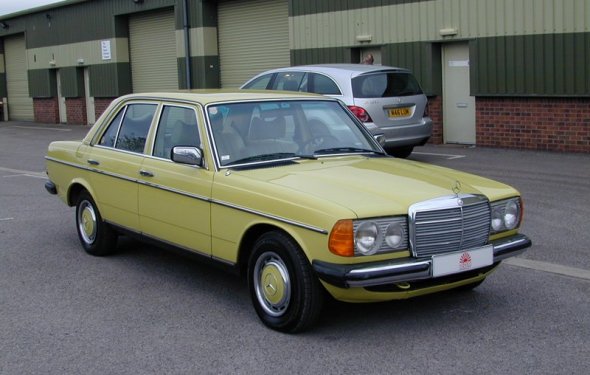1980s 1990s mercedes diesel

The idea is simple enough: Place a second fuel tank in the trunk and wait for the vegetable oil to reach a combustible temperature of 160°F. The temperature is important because vegetable oil is much thicker than diesel at room temperature, so you have to get the viscosity thin enough so the pumps and injectors can move it. By tapping into the car's radiator hoses, the engine heat can be transferred through heat exchanges to warm the vegetable oil. Frybrid provides a reasonable kit, but to be honest, I wouldn't do business with them again, as their customer service wasn't the best. My system came with a faulty temperature sensor that I was unable to get replaced.
My conversion took one week with the assistance of a professional diesel mechanic. It was a stressful process ripping apart the car and just hoping that everything would work in the end. Having a mechanic around to offer tips, tricks and tools, and to make minor repairs on the ancient vehicle, helped quite a bit. I don't recommend taking on your own conversion if you're not already well versed with the automotive world. The downside of having a mechanic around is the cost (~$1, 500).
Here are a few other bits of advice for anyone else considering such a project.
Do not buy an old car.
I'm not kidding - this was the single biggest mistake I made. Burning veggie oil is just a matter of heating and filtering, but keeping a 25-year-old car on the road is an entirely different challenge. If I were to do it again I would buy something made in the last 10 years that was well taken care of. I have spent just as much on repairs totally unrelated to the veggie oil as I did on the entire vehicle + conversion + installation. At this point the door locks do not work, the A/C and heating in the cabin are unreliable, the stereo is dead, and the odometer has been stuck at 86, 000 miles probably sinces the early 1990s.